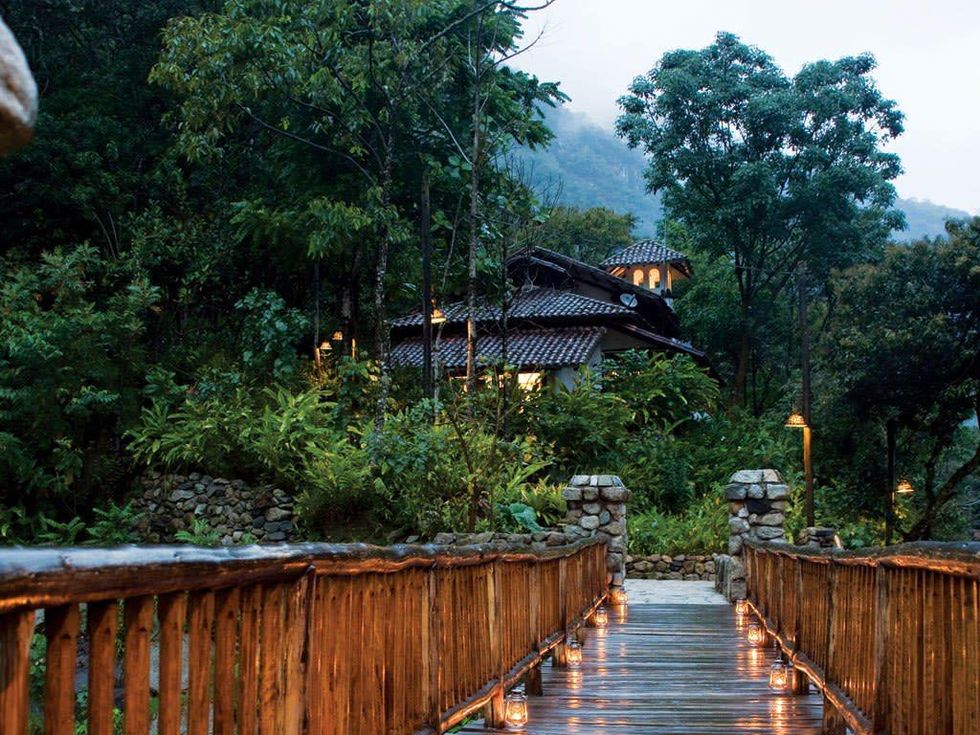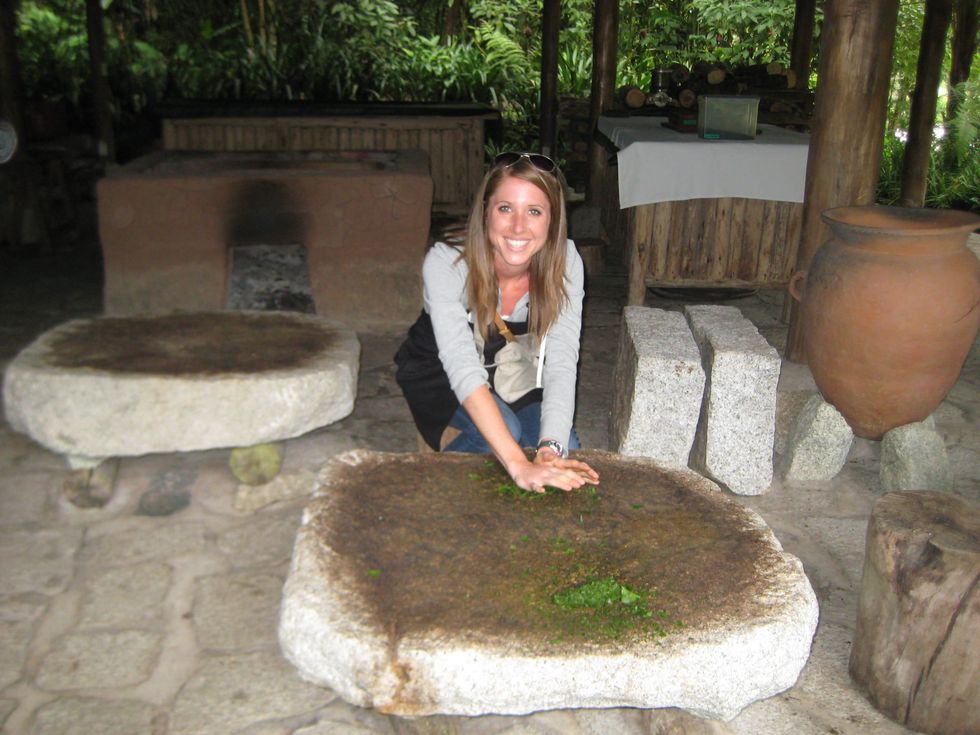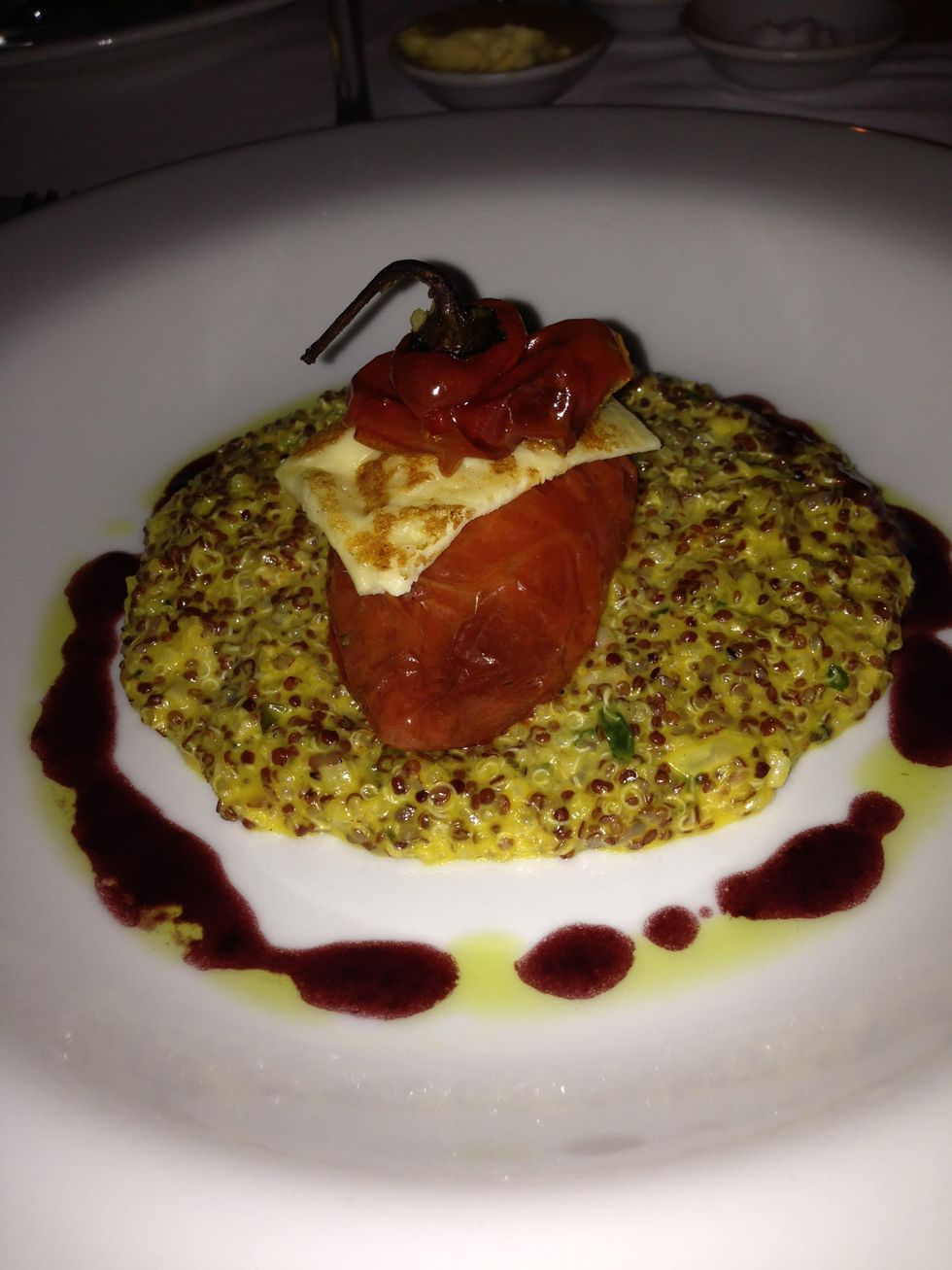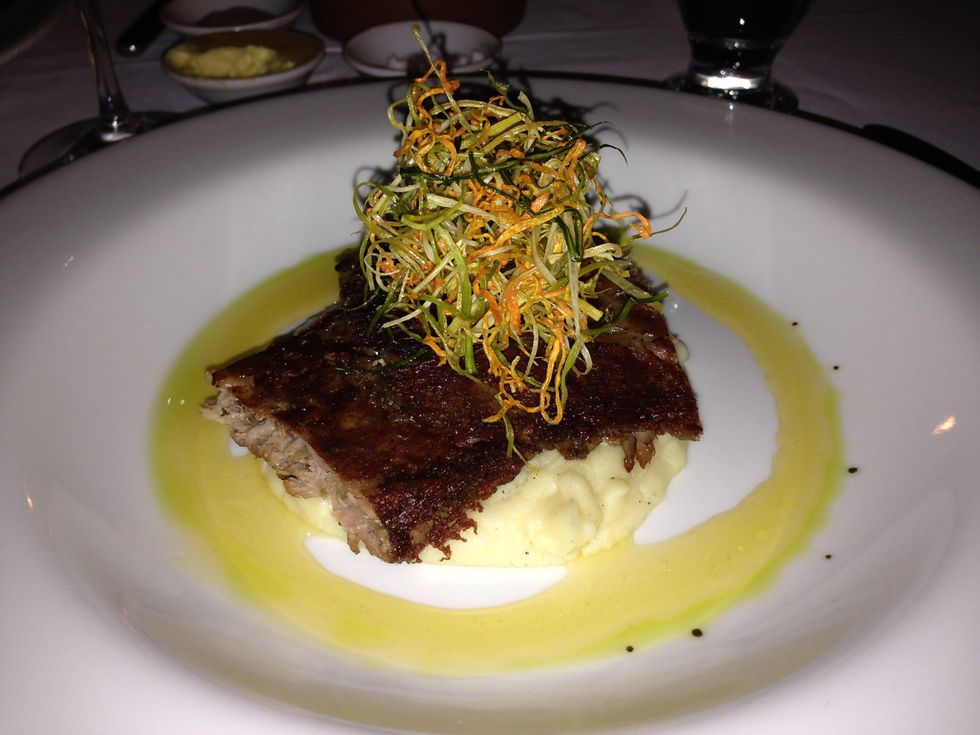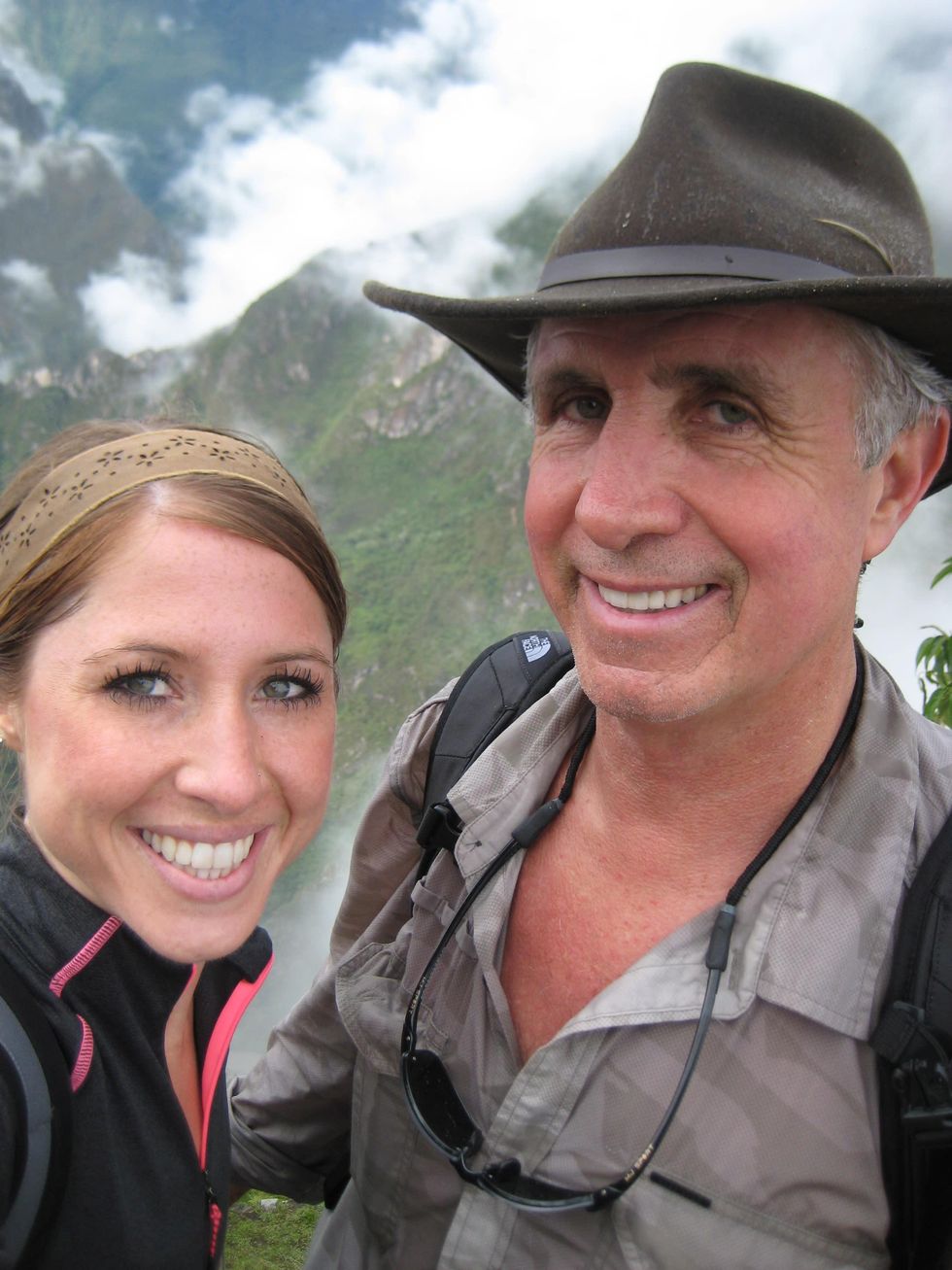Adventure Travel
Machu Picchu isn't for the faint of heart, but breathtaking views are worth the hike
It’s been more than 10 years since my dad first asked me to take a father-daughter trip to Machu Picchu in Peru.
At the time, the high school version of me was more concerned about spending spring break with friends by Lake Lewisville and experimenting with varying colors of red and orange hair dye in an attempt to “capture the sunset” with my hair. It is a phase I fortunately grew out of before graduating on to the real world, leaving empty bottles of Orange Kicker and my metal Dick Tracy lunchbox to gather dust in my embarrassingly ill-informed-of-what’s-cool past.
Now, in my late 20s with a hair color as natural as my passion for adventure, I finally had the opportunity to make the trip with my dad. Starting off in Lima, we spent the night at the luxurious Miraflores Park Hotel before making the trek out to Cuzco and the little mountain village of Aguas Calientes, where the journey to the ruins began.
Aguas Calientes may be small, but the village offers everything from fine dining and nightlife to natural hot springs and an artisan market.
Where to stay/eat
Unless you’re camping out in tents along the Inca Trail (more power to you during the rainy season of Peru), the town of Aguas Calientes offers the perfect home base for vacationers preparing to experience the enigmatic ruins of Machu Picchu.
It's only accessible by train, and I highly recommend PeruRail’s Vistadome or Hiram Bingham trains for a truly remarkable experience of food, entertainment and luxury as you glide along some of the Andes most breathtaking scenery. Aguas Calientes may be small, but the village offers everything from fine dining and nightlife to natural hot springs and an artisan market.
Without question, the Inkaterra Machu Picchu Pueblo Hotel is the best hotel in the area, offering an organic experience that truly captures the sacred energy of the region. The hotel is located only a short walk from the train station, and it is set amid the tranquil sounds of the rushing Vilcanota River (a small section of the mighty Urubamba River) and in the terraced hills of this Andean village.
The hotel boasts 85 luxury cottages with private terraces and handmade alpaca blankets with woodburning fireplaces and opulent spa-worthy amenities. The resort is situated on 12 secluded acres and offers a spectacular spa and guided excursions ranging from twilight walk rituals to making your own tea at the onsite working tea plantation.
The dining room at this resort can compete with the finest dining establishments around the world and attracts hotel guests, locals and vacationers looking to splurge on a decadent meal.
Insider tip: Try to get a table in Ismael’s waiting range, and don’t miss the Rocotto Relleno or the chef’s upscale version of the local delicacy Cuy (guinea pig).
For even better views of the ruins, reserve one of the 400-daily-alloted spots to hike up Huayna Picchu, a peak that rises more than 360 meters higher than Machu Picchu.
What to do
It’s fairly obvious what draws most people to this region of the world. Although the area is stunning and boasts everything from an authentic native craft market to natural hot springs and plenty of hiking trails, the star of this show is without a doubt the Lost City of the Incas.
Machu Picchu stands at 2,430 meters above sea level in a tropical mountain forest, and it is one of the most important cultural sites in Latin America. Although the purpose for this ancient Inca Empire site is still widely debated, many archeologists believe the citadel was built as an estate for the Inca emperor Pachacuti in the mid 1400s.
The site was known locally but wasn’t actually discovered by the outside world until 1911 by Yale professor Hiram Bingham. Since then, Machu Picchu has become a UNESCO World Heritage site and a very prominent tourist attraction.
A 30-minute bus ride from Aguas Calientes or a light two-hour hike, it’s here visitors can soak in the spiritual energy of this mystic Inca creation with its llama-maintained terraces and majestically grand walls surrounding popular sites like the Intihuatana (Sun Dial), the Sacred Plaza and the Temple of the Sun.
For even better views of the ruins, reserve one of the 400-daily-alloted spots to hike up Huayna Picchu, a peak that rises more than 360 meters higher than Machu Picchu.
The hike is pretty treacherous and is not for the faint of heart, with slippery stone steps, a small cave and steel cables all making for an exciting one-hour climb to the top, where legend has it the Inca’s high priest would make the same trek every morning before sunrise with a small group to signal the coming of the new day.
Insider tip: Residents of Cuzco are allowed free entrance to the ruins on Sundays, so avoid the crowds by planning your travels to Machu Picchu on Monday through Saturday.

